In the event that you’re thinking about traveling to Leh-Ladakh, this is the Leh-Ladakh travel guide. We’ll cover everything from the best time of year to visiting the priority gear for an ideal Leh-Ladakh Travel Guide.
Leh-Ladakh is a region in India that is situated in the Himalayan mountains. It is known for its stunning view and is a famous destination for open air lovers. The best time to visit Leh-Ladakh is from April to July when the temperatures range from 15 to 30 degrees Celsius. Be that as it may, this is additionally the most active time of year so you’ll have to book your outing great ahead of time.
While packing for your excursion, try to bring a lot of warm clothing as the evenings can be freezing in any event, during the mid year months. You’ll likewise need to pack a lot of sunscreen and shades as the sun is serious areas of strength for extremely high heights. Finally, ensure you have all the stuff you really want for your picked exercises, like hiking or camping.
Best Time to Visit Leh-Ladakh
The best time and climate for Leh-Ladakh is in the mid year, from April to July, when the temperatures range from 15 to 30 degrees Celsius. Ladakh is known for having truly chilly climate practically the entire year.
Ladakh is a high-height cold desert in the rain shadows of the Himalayas with 300 days of sunshine and just 100 millimeters of precipitation yearly. Despite the fact that it scarcely rains in Ladakh,
storms and restricted weighty deluges can cause streak floods and landslides. In Leh, at 3,500 meters elevation, the typical temperature arrives at 25°C during the day in summer while it plunges to – 15°C around evening time in winter. At higher heights, where temperatures can decrease under zero PM even in the mid year, it tends to be a lot colder. While traveling in Ladakh, you ought to continuously wear warm garments and shield yourself from the sun.
Top Places to Visit in Leh-Ladakh
Nubra Valley
Nubra Valley is north of Leh. To arrive, you need to roll over Khardung La pass, which is the most noteworthy street you can drive on the planet. The name of the valley comes from the Ladakhi word Ldumra, and that implies a nursery or plantation. Laura works really hard of describing the green valley with nurseries and plantations that is gotten into the high, snow-shrouded mountains.
To get to Nubra valley, you need to cross the amazing Khardung La, which is the world’s most elevated motorable pass. The wide, level Nubra valley is cut by the winding ways of the Shyok and Nubra waterways. From a long way away, the valley looks dry and dried. In any case, a large portion of the valley is great land for farming. So it’s nothing unexpected that the valley has been known as the “Plantation of Ladakh.”
Tso Moriri Lake
Tso Moriri Lake is the biggest high-elevation lake in all of India. It is encircled by snow-covered mountains. It is at a height of 4,530 m and can be up to 26 km and as wide as 8 km. This huge lake shows the blue sky by day and the stars around evening time. It is encircled by high mountains, green fields, and forests. It is essential for the Tsomoriri Wetland Protection Save, which is a wetland hold under the Ramsar site. You can’t develop anything close to the lake or set a tent there. It is the world’s most noteworthy Ramsar site. There are a great deal of plants and creatures nearby. Since Tso Moriri is so near the Line of Genuine Control, you really want an Inner Line Grant to go there. Also Read Travel Photography Tips For Beginners
The view is a supernatural occurrence that everybody ought to see something like once in their lives. Streams from the melting snow on the close by mountains and springs stream into the lake and assist with keeping the water step up. There is no unmistakable way for this lake to drain, so its solutes have chosen its bottom.
Indus Valley Monasteries
At the point when you go to Ladakh, or all the more explicitly Leh, you ought to definitely require a roadtrip to the monasteries in the Indus valley to the southwest of the city to encounter a genuine Buddhist climate. The most photogenic Thiksey cloister is the greatest draw. Arrive as soon as possible, ideally first thing, to stay away from the hordes of tourists and see a few services.
The religious community Stakna or enormous Hemis, which is high over the valley, is an interesting spot to stop. Coming back, stop at the ruins of Shey, where you can get an incredible perspective on the green Indus Valley. Related For Those Who Love to Travel My Little Babog Family Lifestyle Travel Blog
Famous Food of Leh Ladakh
1. Thukpa
It is buckwheat noodles cooked in a curry with yak meat or dried fish for some extra zing. Thukpa is a well known dish in all pieces of Sikkim, and many individuals like to eat it with Momos. It is a food that everybody in Ladakh eats consistently.
Thukpa is an extremely famous food in Ladakh, and it is likewise exceptionally well known in different pieces of the Himalayas. All it is modest and can be tracked down in Leh’s eateries. It is the ideal winter dish to keep you warm.
2. Chutagi
Chutagi is a famous Ladakhi dish that preferences like pasta with a rich sauce made of vegetables. In Ladakh, chu implies water and tagi implies bread. The necktie molded pasta mixture is cooked in a thick soup produced using potatoes, carrots, and neighborhood verdant green vegetables. There is likewise a variant made with sheep.
3. Khambir
Individuals who inhabit high elevations in the Western Himalayas eat khambir, a conventional level bread produced using wheat that has been passed on to rise.
Khambir is a delectable customary wheat-based bread that has been passed on to rise. The round, matured mixture is made manually and afterward heated over a hot stone and afterward solidly in the fire. At the point when the bread is still warm and barely out of the broiler, it tastes far better. Breakfast for most Ladakhis is Khambir with fried eggs or vegetables. With margarine tea, the bread is likewise filled in as a bite. Khambir can keep going for over seven days at room temperature and is a famous staple food in Ladakh.
Conclusion
While planning your Leh-Ladakh trip, make a point to have the following fundamentals in your travel sack: a guide, some cash in little denominations (for taxis, food, and so on), and your visa. Make a point to book your trips as far ahead of time as could be expected, as the most active season is during the winter months.
On the off chance that you’re planning to hike any of the amazing journeys in Leh-Ladakh, make certain to pack sufficient supplies like water, snacks, and an emergency treatment unit. What’s more, on the off chance that you’re feeling brave, pursue one of the many hiking tours accessible in Leh-Ladakh.

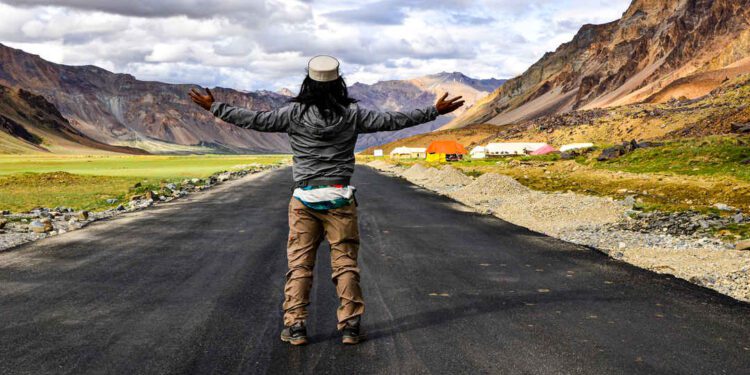
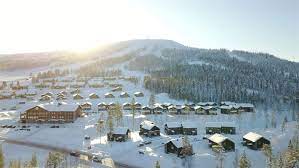

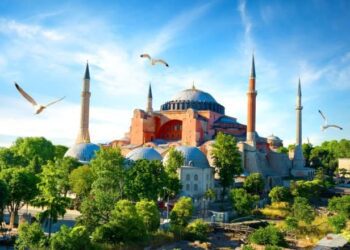
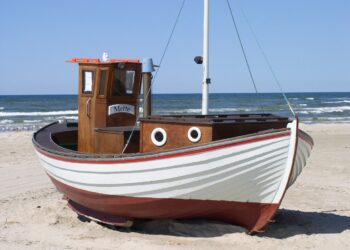
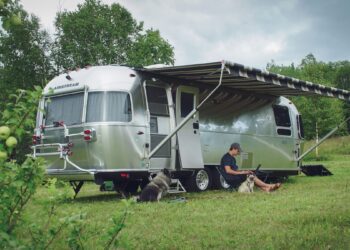
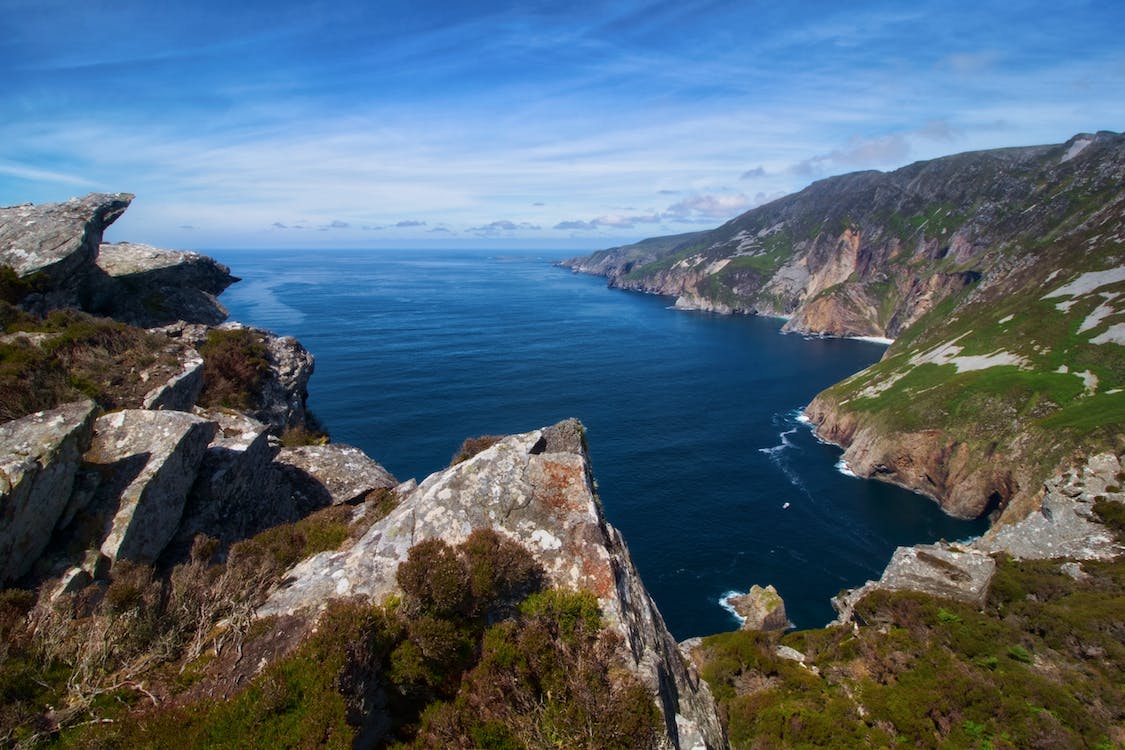



Discussion about this post